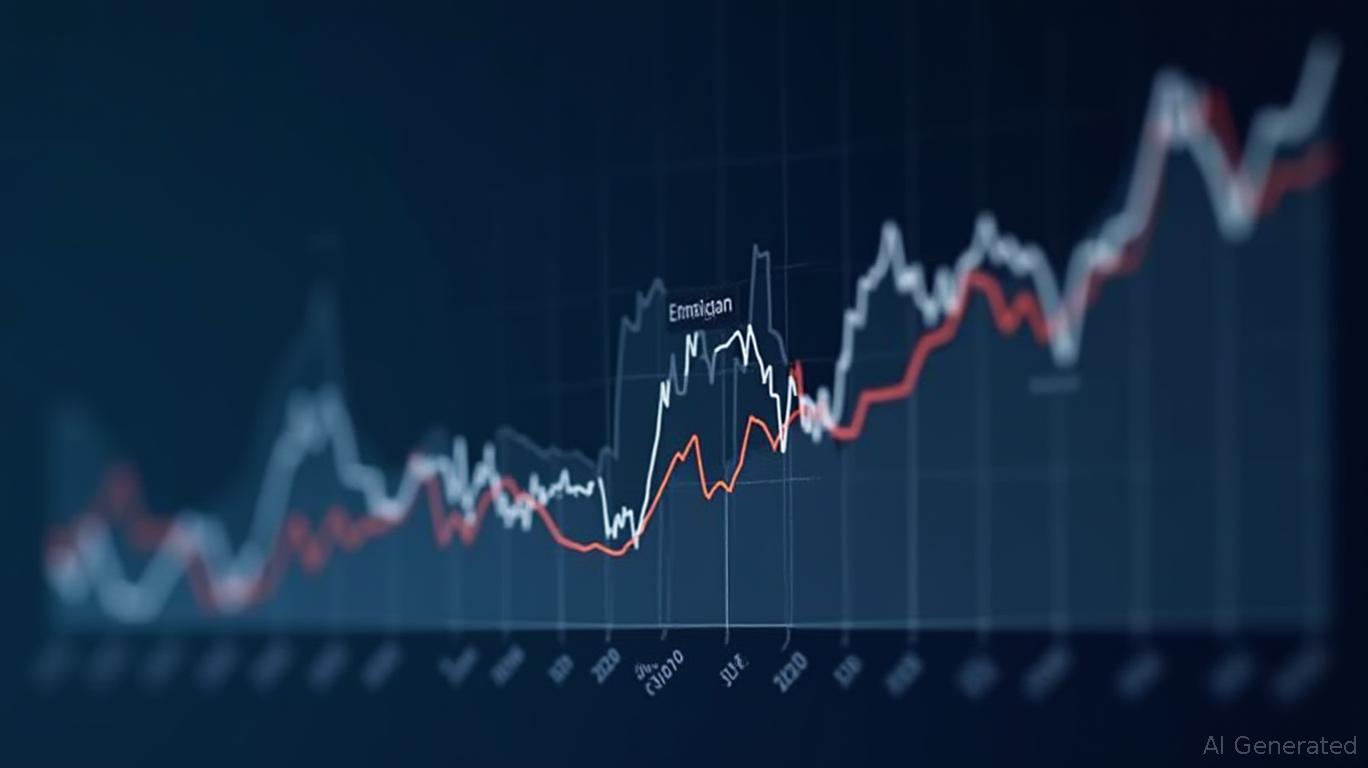AInvest Newsletter
Daily stocks & crypto headlines, free to your inbox
The June U.S. Michigan Consumer Sentiment index rose to 60.7, narrowly exceeding forecasts of 60.5, signaling modest optimism as markets await clues on Fed policy. This reading carries weight for investors navigating uncertainty around interest rates and spending trends.
Introduction
The Michigan Consumer Sentiment index, a key gauge of household confidence, influences Federal Reserve rate decisions and consumer-driven economic forecasts. With June's reading slightly above expectations in a low-growth environment, the data underscores resilience in consumer psychology despite inflation and borrowing cost pressures.
Data Overview and Context

| Indicator | Latest Value | Consensus Forecast | Historical Average (2020-2024) |
| Michigan Sentiment | 60.7 | 60.5 | 62.1 |
Source: University of Michigan; methodology tracks 500 households' views on income, spending, and economic conditions. Limitations include survey variability and reliance on self-reported sentiment.
Analysis of Underlying Drivers and Implications
The uptick reflects stabilization in labor markets and modest wage growth, offsetting concerns about rising mortgage rates. However, the index remains below its pre-recession average of 62.1, suggesting lingering caution. A sustained rise could signal stronger Q3 consumer spending—a key Fed watchlist metric.
Notably, the June improvement was broad-based:
- Current Economic Conditions rose 10% to 64.8 (vs. May's 58.9).
- Consumer Expectations surged 21.3% to 58.1 (vs. May's 47.9), though both remain below their June 2024 levels.
Inflation expectations also eased:
- Year-ahead inflation expectations fell to 5.0% (from 6.6% in May).
- Long-run inflation expectations dropped to 4.0%, the lowest in three to four months.
Policy Implications for the Federal Reserve
The Fed views sentiment as a lagging indicator but will monitor it alongside inflation data. A persistent confidence rebound could reinforce expectations of stable rates, though policymakers remain focused on core inflation trends. Recent data shows that while headline inflation has cooled, core PCE (a Fed favorite metric) remains elevated at 4.6% (May 2025).
Market Reactions and Investment Implications
- Equities:
- Consumer Finance: Firms like Discover Financial (DFS) and American Express (AXP) may benefit from increased borrowing demand as sentiment stabilizes.
- Media: Names like Disney (DIS) or Paramount Global (PARA) face headwinds as consumers prioritize essentials over discretionary spending.
Fixed Income: Modest Treasury yield pressure if sentiment fuels inflation expectations. The 10-year Treasury yield could inch higher if confidence signals a spending rebound.
Strategy:
Backtest Component
The backtest results show a positive impact on the Consumer Finance industry with stronger consumer confidence driving increased borrowing, while the Media industry experiences a negative impact over a 60-day period. This divergence aligns with consumer behavior shifting spending toward financial products instead of media consumption.
Conclusion & Final Thoughts
June's sentiment data highlights a cautiously optimistic consumer, with implications for sector rotation and Fed policy. Investors should watch August's Personal Consumption Expenditures (PCE) report for further clues on spending durability.
While the Michigan Sentiment remains below its 2020–2024 average, the June uptick suggests households are pricing in stabilization—not recovery. For now, Consumer Finance stocks offer a tactical play on improving sentiment, while Media names face structural headwinds until confidence decisively turns higher.
Stay vigilant—this is one data point in a volatile environment.
Daily stocks & crypto headlines, free to your inbox
Comments
No comments yet